Salesforce Certification Training
Salesforce Certification training helps you manage your customer relationships, integrate with other systems, and build your own applications.
Salesforce Certification Training is the award-winning cloud computing service designed to help you manage your customer relationships, integrate with other systems, and build your own applications!
Here are some key concepts to help you understand the Salesforce Certification training’s products and editions and guide you through setting yourself up as a user. You’ll also find information about common tasks you’ll perform in Salesforce Certification Training, Like:-
using basic Chatter features, running reports, or searching Salesforce for the information or records you need.
Duration
2.5 Months including Lab
Eligibility
Undergraduates, Graduates
Post-Graduates
Job Aspirants
Pre-requisites
ERP Basics
Deep Dive into Salesforce Certification Training
1.ORGANIZATION SETUP IN SALESFORCE CERTIFICATION TRAINING – Describe the components of the company profile (e.g., fiscal year, business hours, currency management, default settings, company information).
2.USER SETUP IN SALESFORCE CERTIFICATION TRAINING
– Identify the steps to set up and/or maintain a user (e.g., assign licenses, reset passwords, and resolve locked user accounts).
– Given a scenario, troubleshoot common user access and visibility issues.
3.GLOBAL USER INTERFACE IN SALESFORCE CERTIFICATION TRAINING
– Distinguish between the various UI features that an administrator controls, including the implications (e.g., UI settings, search settings, list views, home page layouts).
4.SECURITY AND ACCESS IN SALESFORCE CERTIFICATION TRAINING
– Explain the various organization security options in Salesforce Certification training (e.g., passwords, IP restrictions, identity confirmation, network settings).
– Describe the features and capabilities of the Salesforce Certification training sharing model (e.g.,record ownership, organization-wide defaults, roles and the role hierarchy, manual sharing, sharing rules and public groups).
– Given a scenario, apply the appropriate security controls (e.g., organizationwide defaults, roles and the role hierarchy, manual sharing, sharing rules and public groups).
– Describe the various settings and permissions a profile controls (e.g., IP access,login hours, record types, access to tabs, permissions, object permissions, field level security) in Salesforce Certification Training.
– Given a scenario, determine the appropriate use of a custom profile.
5.STANDARD AND CUSTOM OBJECTS IN SALESFORCE CERTIFICATION TRAINING:-
– Describe the standard object architecture and relationship model.
– Explain how to create, delete, and customize fields, page layouts, and list views for custom and standard objects.
– Given a scenario, determine the appropriate fields and page layouts for custom and standard objects.
– Explain how to create, delete, and customize record types for custom and standard objects.
– Given a scenario, determine the appropriate record types and business processes for custom and standard objects.
– Explain the implications of deleting fields.
– Describe when to use and how to create formula fields.
6.SALES AND MARKETING APPLICATIONS IN SALESFORCE CERTIFICATION TRAINING
– Given a scenario, identify the capabilities and implications of the sales process.
– Given a scenario, identify when to apply the appropriate sales productivity features (e.g., big deal alerts, update reminders, similar opportunities,
competitors, team selling).
– Describe the capabilities of products and price books.
– Describe the capabilities of lead management (e.g., lead conversions, lead source, lead field mapping).
– Given a scenario, identify how to automate lead management (e.g., queues, assignment rules, web-to-lead, and auto-response).
– Describe the capabilities of campaign management (e.g., hierarchies,influences, campaign members).
7.SERVICE AND SUPPORT APPLICATIONS IN SALESFORCE CERTIFICATION TRAINING
– Describe the capabilities of case management (e.g., case processes, case settings, and case comments).
– Given a scenario, identify how to automate case management (e.g., case assignment, auto-response, escalation, web-to-case, email-to-case, case teams).
– Describe the capabilities of solution management (e.g., settings, categories, processes).
– Describe the basic capabilities of portals.
– Describe the capabilities of the Community application (e.g. Ideas, Answers).
– Describe the capabilities of Salesforce Knowledge.
8.ACTIVITY MANAGEMENT IN SALESFORCE CERTIFICATION TRAINING
– Describe the capabilities of activity management (e.g., manage tasks, events, public calendars, multi-day events, cloud scheduler).
9.CHATTER
– Describe the features of Chatter (e.g., feed, groups, following, security).
10.DATA MANAGEMENT IN SALESFORCE CERTIFICATION TRAINING
– Describe the considerations when importing, updating, transferring, and mass deleting data (e.g., CSV files, field matching, matching types, record IDs, external IDs, duplicate records).
– Given a scenario, identify tools and use cases for managing data (e.g., dataloader, data import wizard).
– Describe the capabilities and implications of the data validation tools.
– Describe the different ways to back up data (e.g., weekly data export service, exports, dataloader).
11.CONTENT AND FOLDER MANAGEMENT IN SALESFORCE CERTIFICATION TRAINING
– Describe the capabilities of Salesforce Content (e.g., presentation assembly,content delivery, content packs, workspaces, tags).
– Describe how folders can be used to organize and secure communication templates, dashboards, reports, and documents.
12.ANALYTICS, REPORTS AND DASHBOARDS OF SALESFORCE CERTIFICATION TRAINING
– Describe the options available when creating or customizing a report (e.g.,report type, report format, fields, summarizing data, filtering data, charting, scheduling, and conditional highlighting).
– Describe the impact of the sharing model on reports.
– Describe the options available when creating and modifying dashboards (e.g.,dashboard components, data sources, chart types, scheduling, and running user).
– Describe the capabilities of custom report types.
13.WORKFLOW AUTOMATION IN SALESFORCE CERTIFICATION TRAINING
– Describe when workflow are evaluated.
– Describe the capabilities of workflow rules and actions.
– Given a scenario, identify the appropriate workflow solution.
– Describe capabilities and use cases for the approval process.
14.DESKTOP AND MOBILE ADMINISTRATION IN SALESFORCE CERTIFICATION TRAINING
– Describe the capabilities of Salesforce Mobile.
– Describe the installation and synchronization options of Salesforce for Outlook.
15.APPEXCHANGE
– Identify use cases for AppExchange applications.
Targeted International Certifications After this Salesforce Certification Course

NSDC certification is aimed at improving the employability of individuals and making them more skilled and productive. The certification is available in a wide range of fields, including healthcare, beauty and wellness, retail, hospitality, IT, and many others.
PLACEMENT OF SAMYAKites
8678 SAMYAKites making waves in the industry.

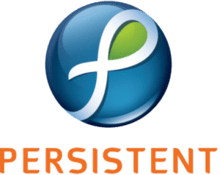
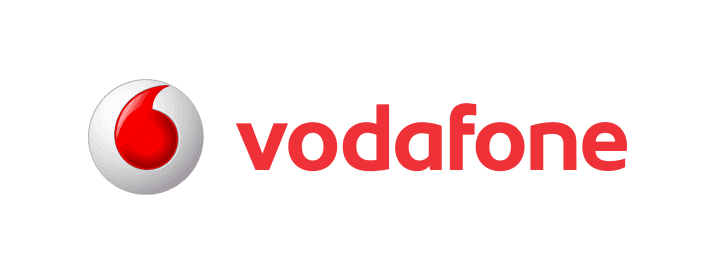



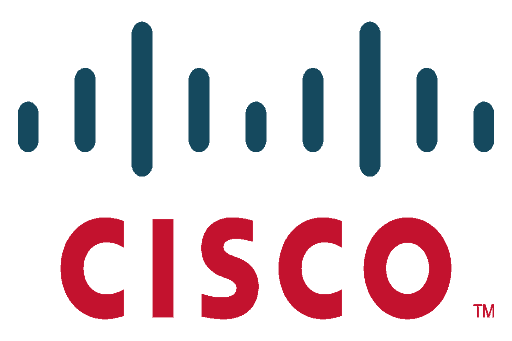








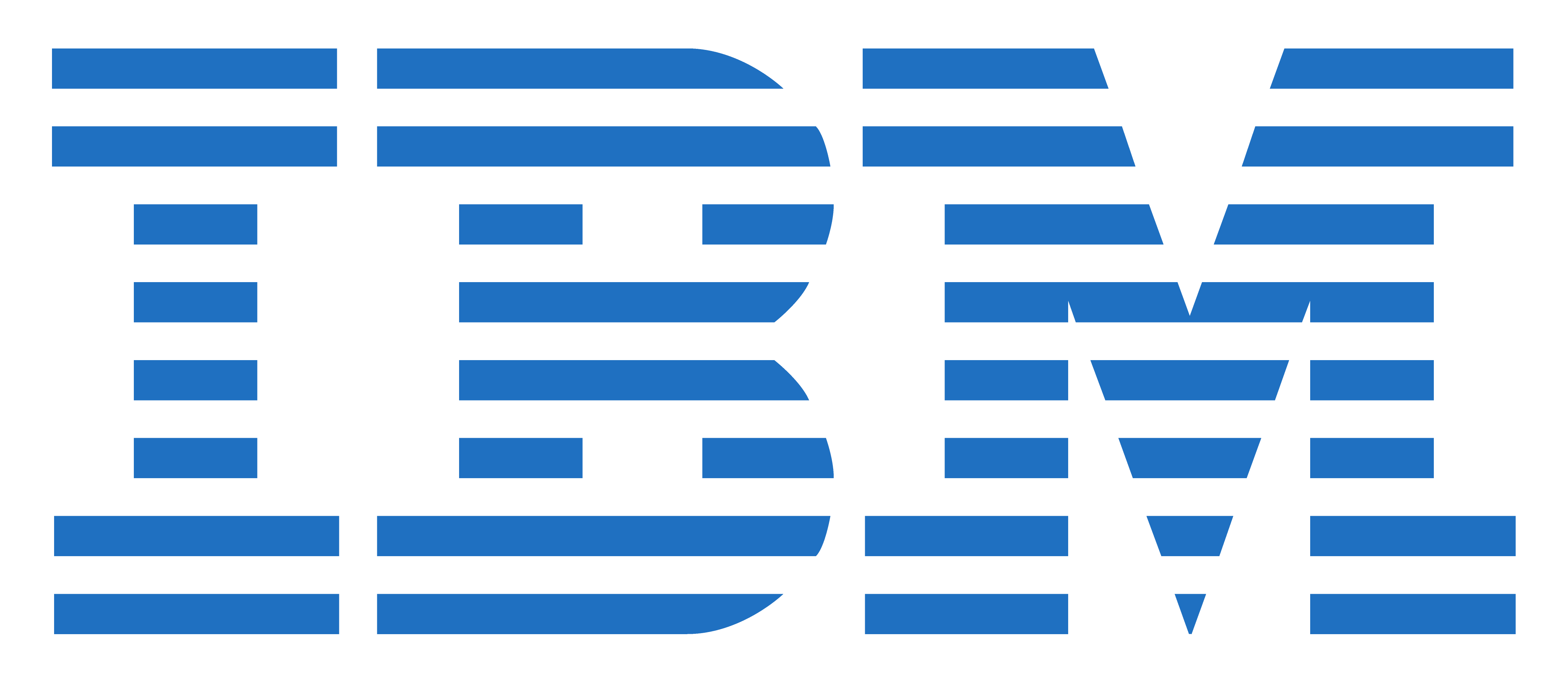

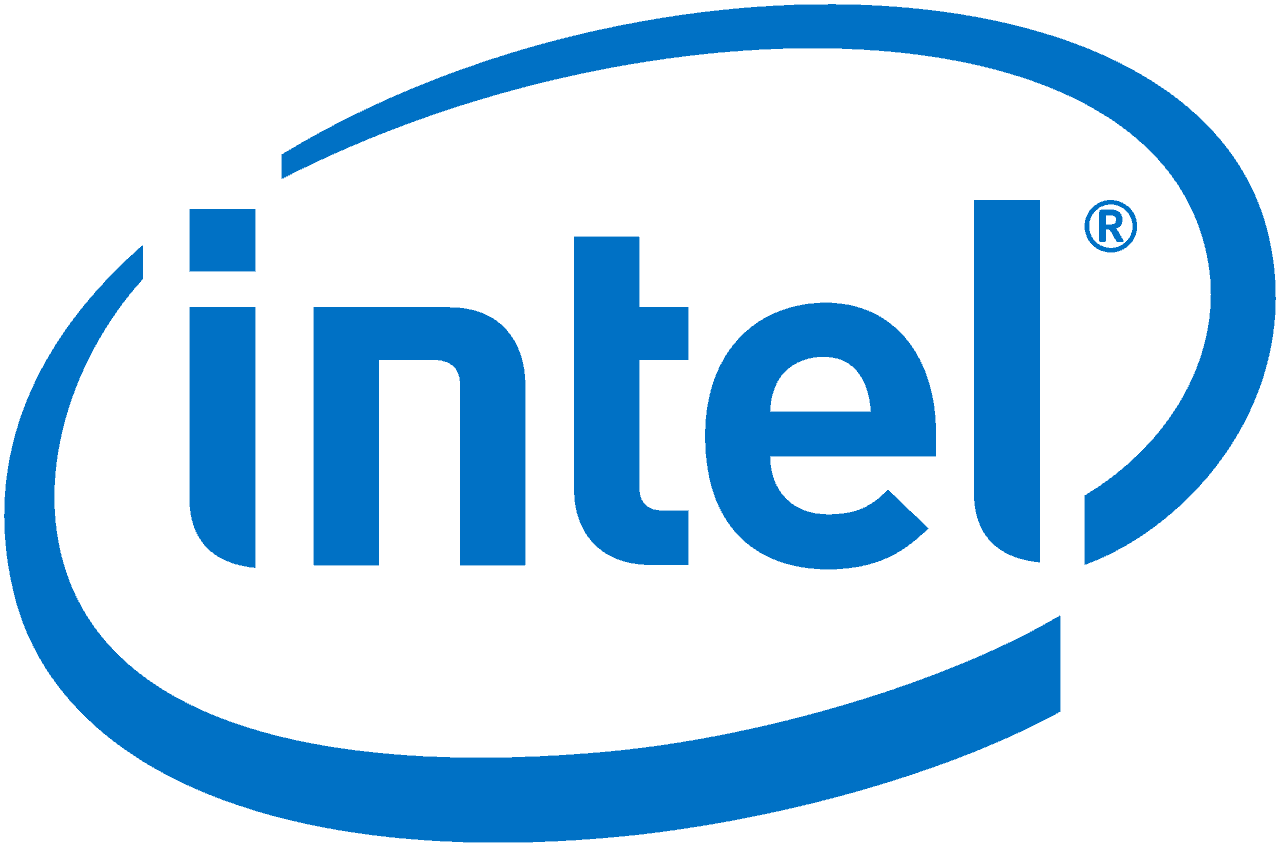

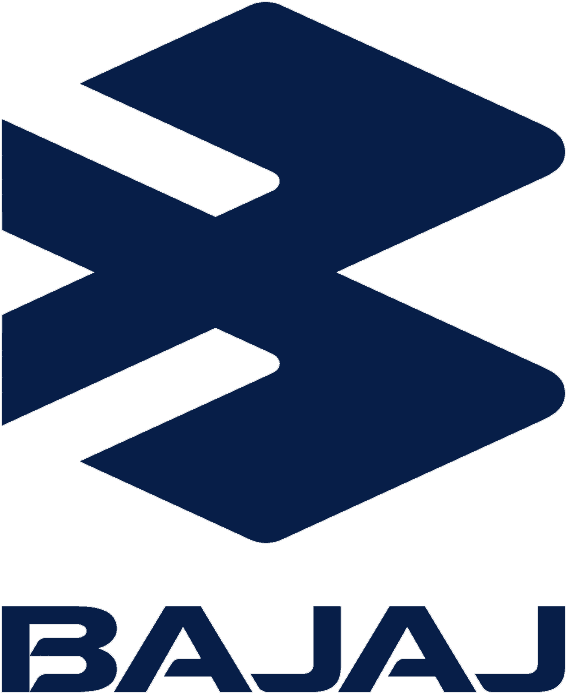












What Our Students Say


special thanks for gaurav sir and bhavna mam. career guidance institute.
Thank you Samyak..

thank u

I suggest to other for this course.
1. Good experience
2. Regularly practical training
3. Best FACULTY
Thank u
